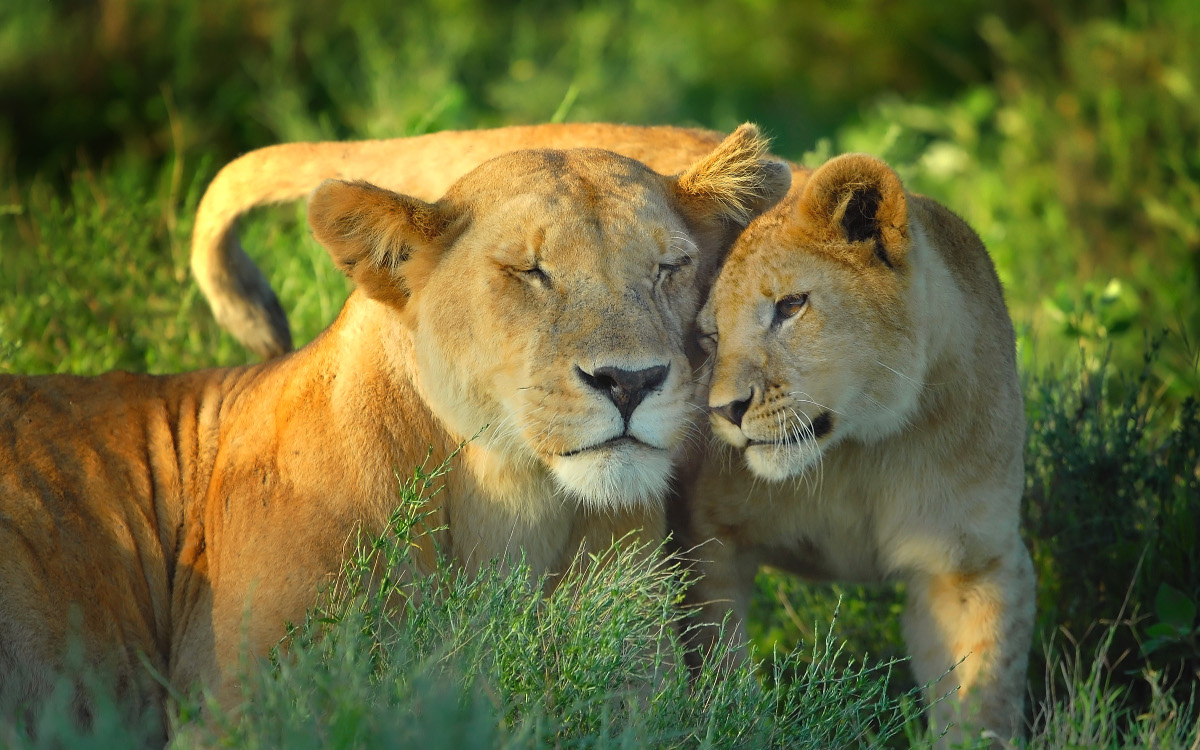News
Can lawyers save lions?
WildCRU’s approach is essentially inter-disciplinary, as vividly illustrated by our new collaboration with international lawyers. It’s hard to imagine a more charismatic mammal – emblazoned on football shirts, royal coats of arms, chocolate bars and then just think of the attention dedicated to Cecil – but lions are nonetheless declining at an alarming rate. Where 200,000 lions may have roamed a century or so ago, today closer to 20,000 remain and a recent study led by WildCRU’s Hans Bauer estimated that their numbers across Africa have fallen by 43% over just three generations of lions. Charisma may save them, but it hasn’t yet, so what is the alternative? This is a question tackled by a team from WildCRU, led by David Macdonald, working in collaboration with a team from Tilburg Law School led by Arie Trouwborst, and they’ve just published their first results. To turn the tide, international cooperation is crucial, says this team of lawyers, conservation biologists and social scientists, having assessed the current and potential future role of international treaties for lion conservation.
Their analysis, published in the journal Nature Conservation, reveals the importance of various global and regional treaties for lion conservation. For instance, dozens of important lion areas have received international protection under treaties like the World Heritage Convention and the Ramsar Wetlands Convention, whereas trade in lion bones and hunting trophies is regulated through the Convention on International Trade in Endangered Species (CITES).
So, if these legal instruments exist (and the new paper is probably the most comprehensive attempt to analyse them in one document), why are lions in such trouble? The team argues that gaps remain in the legal framework, and that existing treaties are not applied well enough on the ground. But the potential is there – it’s not a matter of starting from scratch – the international instruments must be built upon, fine-tuned, and applied in ways that better integrate the interests of the local people who live alongside lions.
One highly topical, and potentially important recommendation is to formally list lions under the Convention on the Conservation of Migratory Species (CMS). A proposal to do exactly that is on the agenda of the next intergovernmental summit of the parties to the CMS in October this year and the new paper endorses the idea strongly. As lead author Arie Trouwborst explains:
“Listing the lion would raise the profile of this iconic species, and would moreover enable the CMS to provide a framework for coordinating and assisting conservation efforts in the 25 countries where lions still occur in the wild.”
David Macdonald, Director of WildCRU, said, “Biology is necessary, but not sufficient, to inform and deliver wildlife conservation. Our approach at the WildCRU in Oxford is holistic – this new partnership with international lawyers is a symbol of our determination to embrace knowledge from every discipline, leaving no stone unturned in our quest to conserve these iconic animals”
The study can be found at:
Arie Trouwborst, Melissa Lewis, Dawn Burnham, Amy Dickman, Amy Hinks, Timothy Hodgetts, Ewan A. Macdonald & David W. Macdonald (2017) International law and lions (Panthera leo): understanding and improving the contribution of wildlife treaties to the conservation and sustainable use of an iconic carnivore. Nature Conservation, https://natureconservation.pensoft.net/article/13690/
The team comprised international wildlife lawyers Melissa Lewis and Arie Trouwborst from Tilburg Law School in the Netherlands who teamed up with lion experts David Macdonald, Amy Dickman, Dawn Burnham, Tim Hodgetts, Amy Hinks and Ewan Macdonald from the University of Oxford’s Wildlife Conservation Research Unit (WildCRU).






